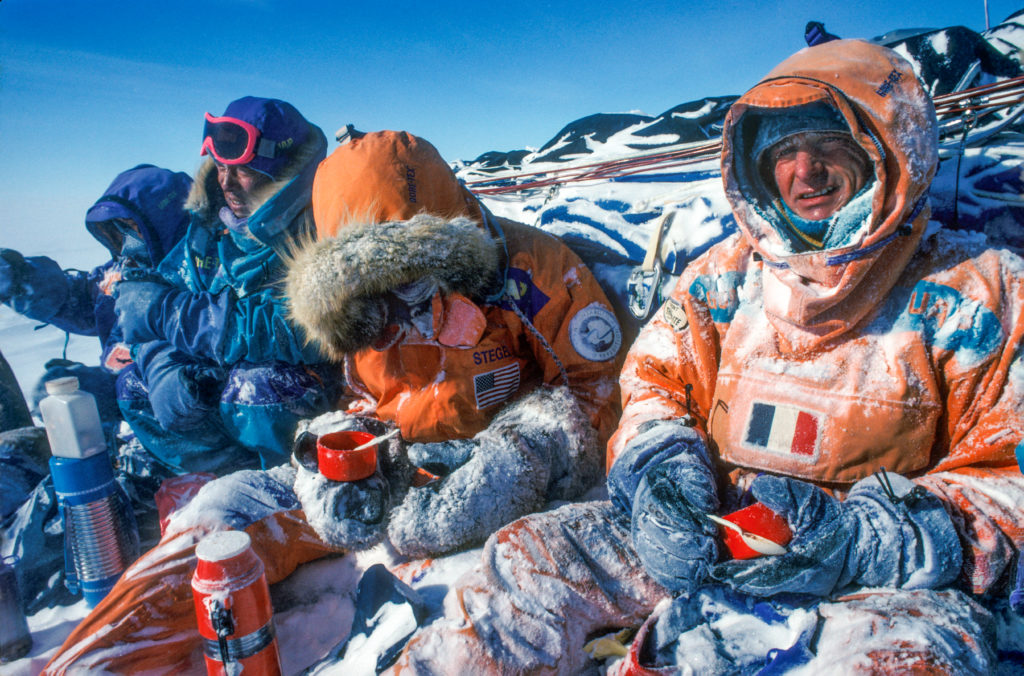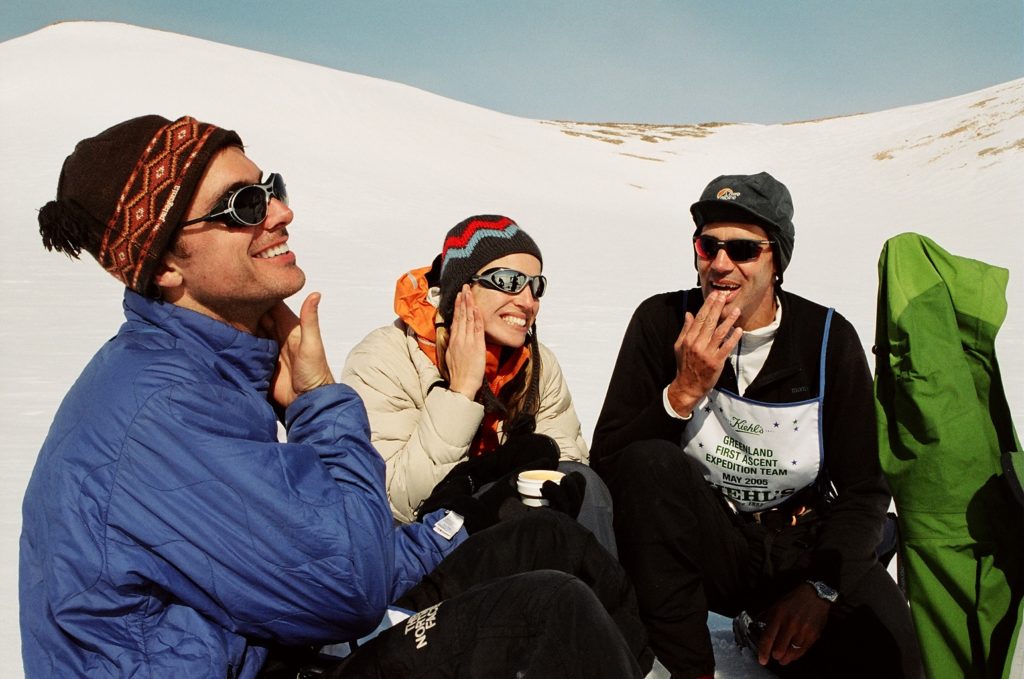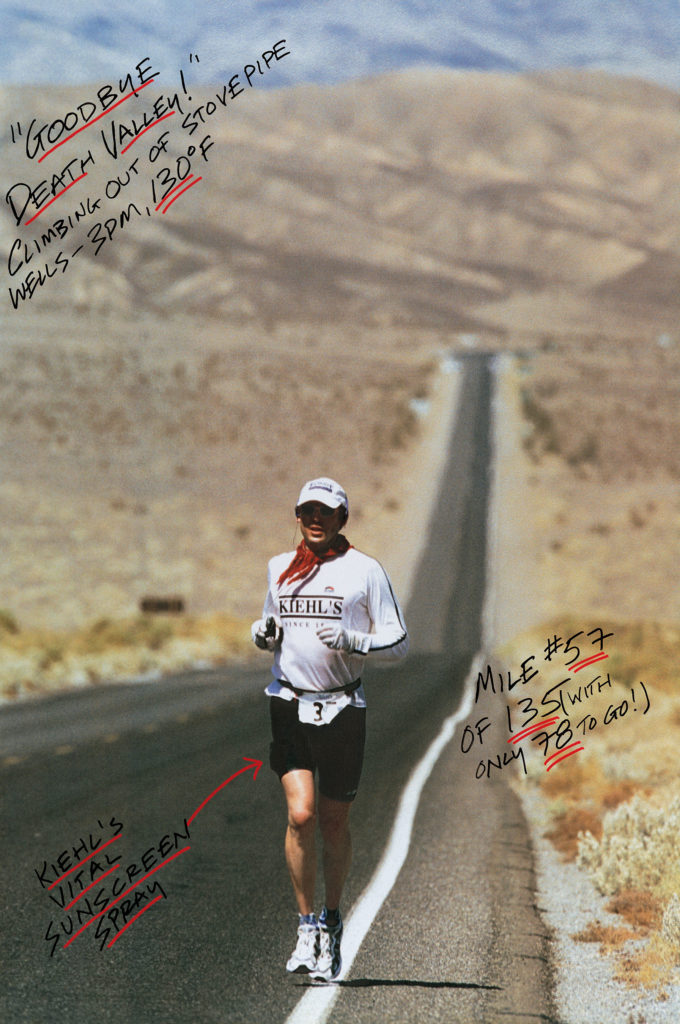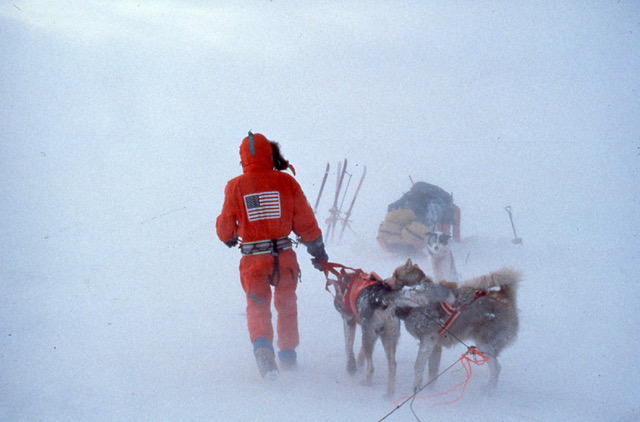Rolex watches, Kiehl’s moisturizers and The North Face jackets have scaled Mount Everest. Canada Goose’s coats have been to Antarctica. Baffin’s boots have climbed Machu Picchu. But why do brands test their products like that, and why should we care if the furthest we’re planning on travelling is the top of the street?

It’s the difference between factory testing—think of the Ikea Pöang chair being rhythmically pushed in a plexiglass box—and how we actually use and wear products. “In 2011, our CEO Paul [Hubner] was innovating a new line of soft-shell hiking boots and took a pair to Maccu Picchu before they were launched,” says Mark Hubner, Baffin’s testing team director. “They came apart at the sole! They pretty well ended up duct taped together! They totally succumbed to the environment! Friends of his gave him a hard time—How does it feel? Your boots failed—and he replied that it wasn’t a failure. It was an opportunity to address something before it reached the feet of our end users.” Since then, the Canadian brand has real-world tested every product it makes.
In the lab, brands can test features like colour fastness, washing and care and durability—like, how does the sole of a boot stand up to being flexed 50,000 times? Wear-testing and gear testing take things to another level. “We wear-test to validate the product and materials in real-life scenarios, which allow us to verify qualities that can’t be tested in a lab,” explains Niamh McManus, senior design director at Canada Goose. “For example, the softness of a material—how comfortable it is against the skin, how luxurious it feels—as well as testing for how the material reacts and works in cold temperatures.” Individuals wear prototypes in harsh climates, then are interviewed so the brand can take on board feedback in creating the final product. Testers include researchers, deep-sea divers and climate scientists. “They work in the most remote locations in the world from Churchill, Manitoba, to McMurdo Station in Antarctica,” says McManus. “We are constantly looking for opportunities to improve and innovate and rely on these individuals to really test and beat up our products.”
As times change and new trends or needs emerge, brands can iterate on those real-life-tested products to make them even better. “In the ’90s, we armed athletes and mountaineers with our Nuptse jacket [named after the mountain in the Nepalese Himalayas] and gave them free rein to go exploring. From there, the jacket weathered many mountains and climates, including Mount Everest, Nuptse, Great Trango in Pakistan, Denali in Alaska and Antarctica, “says Marianna Petlicki, senior marketplace manager for The North Face. “With our newest Nuptse version, The North Face has answered the call of sustainability; the jacket now features sustainably conscious materials and 100 per cent recycled fabrics.” The latest dive into the archives is a limited-edition re-issue of the Trans-Antarctica Expedition collection, originally created for the first dogsled crossing of Antarctica in 1990.

Some brands are also helping with scientific research at the extremes; for example, Rolex supported the 2019 National Geographic and Rolex Perpetual Planet Everest Expedition, in which climate scientists visited Everest’s “death zone” to understand the impacts of temperatures rising on life on Earth.
It’s not just fashion brands that are testing their products to the extremes. “Adventure has always been part of the Kiehl’s brand,” says Donna Paty, education manager. “Aaron Morse, a member of the family that owned Kiehl’s from the 1920s onward, was an adventurer himself. He was a WWII fighter pilot and owned stunt planes called the Kiehl’s Eagles. He even displayed one of those planes in the flagship store in New York to share his passions.”
Kiehl’s started its adventure testing program in 1988 with an explorer, Robert Anderson, who was leading an Everest expedition as a celebration of the 35th anniversary of the first ascent by Sir Edmund Hillary. It was to be the first ascent of the east face of Everest, and the first without oxygen. Anderson and his team were sponsored by Kiehl’s and took five products that are still sold in Kiehl’s stores today: Cucumber Alcohol Free Toner, Lip Balm #1, Crème de Corps, Ultra Facial Fuel and Ultimate Brushless Shave Cream White Eagle, which can be used with no water. Paty explains: “Of course you think of these extreme temperatures on the climb, but water was also a hot commodity so they wanted something people could use without that.”

Anderson continued to work with the brand on trips to Antarctica and Greenland, where he tested lab samples of the new Ultra Facial Cream, which is now the No. 1 moisturizer for Kiehl’s customers. “I met Robert Anderson in 2005 and was quite amazed at how he looked considering the extremes he’s been to,” says Paty. “He attributed all that to Kiehl’s. When he and his team are preparing they think about clothing, of course, but the weather can be so extreme that people can’t summit because their skin is destroyed by the environment.”
All this begs the question, though, of what the average city dweller can gain from this kind of extreme testing. “The most important thing with real-world testing is absolute confidence,” says Hubner. “If I know this product can perform in the most extreme conditions on the planet, I don’t think twice about it when I’m shoveling the driveway or walking the dog.” McManus agrees: “We find that the feedback and needs of our extreme users are often quite relatable to our consumers. They want to be warm, dry and comfortable, but also want products that fit well, layer easily and let them feel both protected and stylish.”
Hubner cautions, though, that it’s not about buying the boot that’s been tested on Everest and wearing it in Vancouver: “What we’re evolving toward is providing a system of guidance as to how comfortable people will be in our product in different environments.” The brand has developed Real World Testing Cold Comfort Ratings that go from Elemental (for light activity and city wear) to Polar Rated (for the coldest moments on Earth). “We have a great friend of the brand, [polar adventurer] Eric Larsen, who grew up in Minnesota. He has this go-to quote: adventure is everywhere,” says Hubner. “It’s something that really hit home with me. You can cycle around in Canada and see people using the slides at a playground covered in snow or skiing in a park. And some days, just getting outside your home and on to the bus can be an adventure.” —Aileen Lalor

Be the first to comment